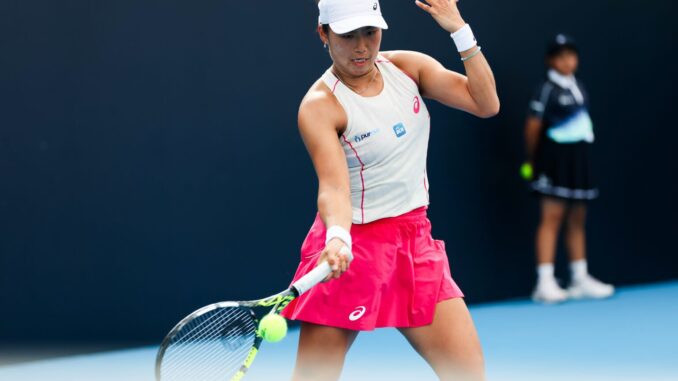
Emma Raducanu’s decision to end her season early will cost her valuable ranking points — but it also shines a light on deeper concerns about her physical resilience, scheduling, and ability to convert opportunities into victories.
The British No. 1 confirmed she’ll sit out the remaining Asian swing tournaments following a string of health scares and narrow defeats that have left both fans and her team concerned. Twice in recent weeks, she came within a point of victory — holding match points in three-set heartbreakers against Barbora Krejcikova and Jessica Pegula — before her campaign was cut short in Ningbo when dizziness and a back problem forced her to withdraw. Those setbacks were enough to trigger a long-discussed decision: to rest, recover, and reset.
Raducanu has made her short-term goal clear. “My goal for the coming weeks is to try to be seeded at the Australian Open,” she said, adding that she will “do everything I can to achieve that.” It’s a pragmatic focus, aiming for a top-32 seeding in Melbourne, but it also means hitting pause on a potential surge back toward the world’s top 20. Sitting out Tokyo and Hong Kong will inevitably dent her momentum. The ranking points she could have earned are now up for grabs by rivals, and her absence will likely see others leapfrog her in the race for seeding spots.
But the real issue isn’t her position on a leaderboard — it’s what the past month has revealed about her game and her body. Despite glimpses of her 2021 magic — a strong run at the U.S. Open, a quarter-final in Miami, and impressive patches during the grass and hard-court seasons — Raducanu continues to struggle to finish matches against elite opponents. The losses to Krejcikova and Pegula were symbolic of that challenge: matches that she could have won, but didn’t.
Physically, the warning signs are even more pressing. Her retirement in Wuhan due to dizziness, followed by the back issues in Ningbo, point to a pattern that goes beyond fatigue or bad luck. It suggests a body still adapting to the relentless grind of the tour. While her partnership with coach Francisco Roig appears steady, no level of coaching stability can compensate for recurring physical setbacks.
The questions facing her now go far beyond rankings. Can she find a schedule that protects her health without sacrificing competitiveness? Can she build the endurance to handle the tour’s toughest conditions? And crucially, can she develop the mental toughness to close out big matches when the pressure peaks?
For her supporters, the decision to end her season early will sting — especially after signs of progress in recent months. Yet it may also be the smartest move she could make. By taking time to rebuild physically and mentally, Raducanu gives herself the best chance to return stronger in 2026.
Her immediate mission is simple: rest, recover, and refine. If she uses this break wisely, the temporary dip in rankings will be a small price to pay for long-term stability. But if these same issues continue to resurface next year, the narrative may shift from “bad luck” to “missed potential.”
At just 22, time is still on Emma Raducanu’s side. But the months ahead — how she manages her body, her mindset, and her matchplay — could determine whether she reclaims her place among tennis’s elite or remains trapped in a cycle of near-misses and setbacks.
Leave a Reply